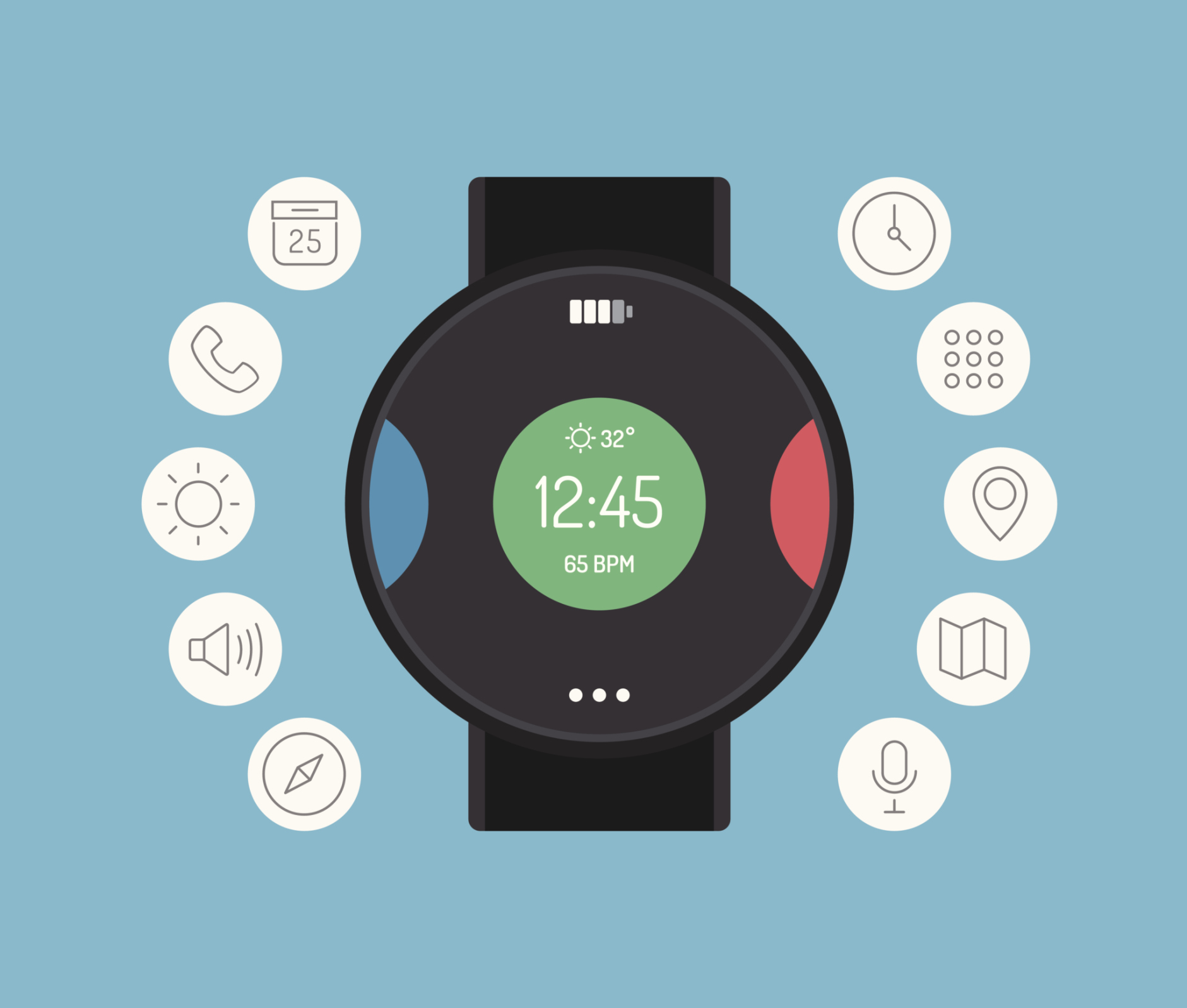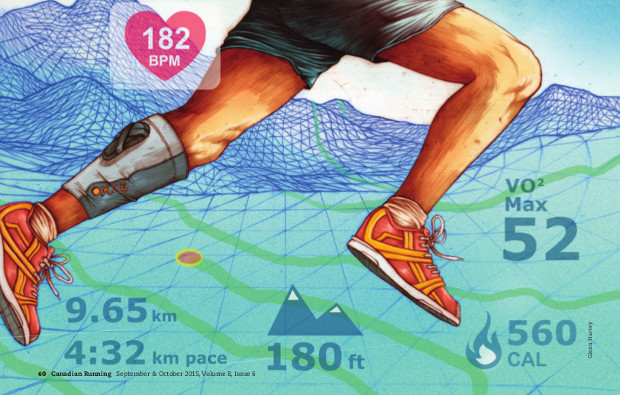Training tips: Track your past, map your future

The past few years have seen the increasing popularity of fitness trackers, apps and technology in running. Here’s how to use them to enhance your training.

You can now keep track of what you eat, how much you sleep, how far, fast and even how efficiently you run. There’s seemingly no end to what you can monitor with wearable tech and mobile devices. Using this information however to help you improve or get the most out of your training is a bit more nuanced.
The first question you need to ask is what information is being collected. Knowing that, you need to know what to look for and why.
If you use a GPS while running, some of the data recorded may include: how far you ran, how long you ran, your average pace, your fastest pace and if you did a workout, your lap paces. It may also tell you such things as your cadence (the number of foot strikes per minute), your heart rate, the temperature and time of day that you ran, the number of calories you burned, and more.
Taken over a longer period of time, this information can provide useful information about your daily, weekly and monthly (or even longer) training. It can also lend insights into how effective your training has been and whether you are improving and increasing your fitness.
If this is the case (most effectively confirmed through an improved race performance), then knowing why/how your training was effective will help guide further success. On the other hand, if you’re not improving, have stagnated or become injured, your past training can also provide clues as to why this is the case and offers the opportunity to make changes going forward.
A number of trends to look for (and work towards) include: running more frequently; (gradually) running longer; running more mileage over several weeks or months; running faster during training and in races; running fast in the second half of any run (not fading or slowing down). Some things you’re bound to notice after doing those things listed are: a lower heart rate at a given intensity of training; better quality of sleep and a balanced diet; a stable body weight and importantly, no injuries or lingering pain.


